On large stained and moss-covered stone masonry abutments over a single line of tracks in Tredyffrin Township, Chester County rested a dinosaur, a wrought iron relic of the past originally constructed to support the industry of a developing nation. Its appearance was worn and weathered from over 140 years of service.
Random holes and a mixed bag of fastener types and sizes littered the visible faces. The original railroad floor system was long gone and replaced with a timber vehicular deck. Its live load carrying capacity was a mere fraction of what it once was. However, under all of this rust was a diamond, a rare and complete example of a wrought iron pin-connected warren pony truss with built-up corrugated diagonal tension members, the last of its kind.
This is the story of relocation and reuse, adaptive reuse, of the last known remaining pin-connected wrought iron Warren pony truss in Pennsylvania – The Howellville Truss (2004RE01890).

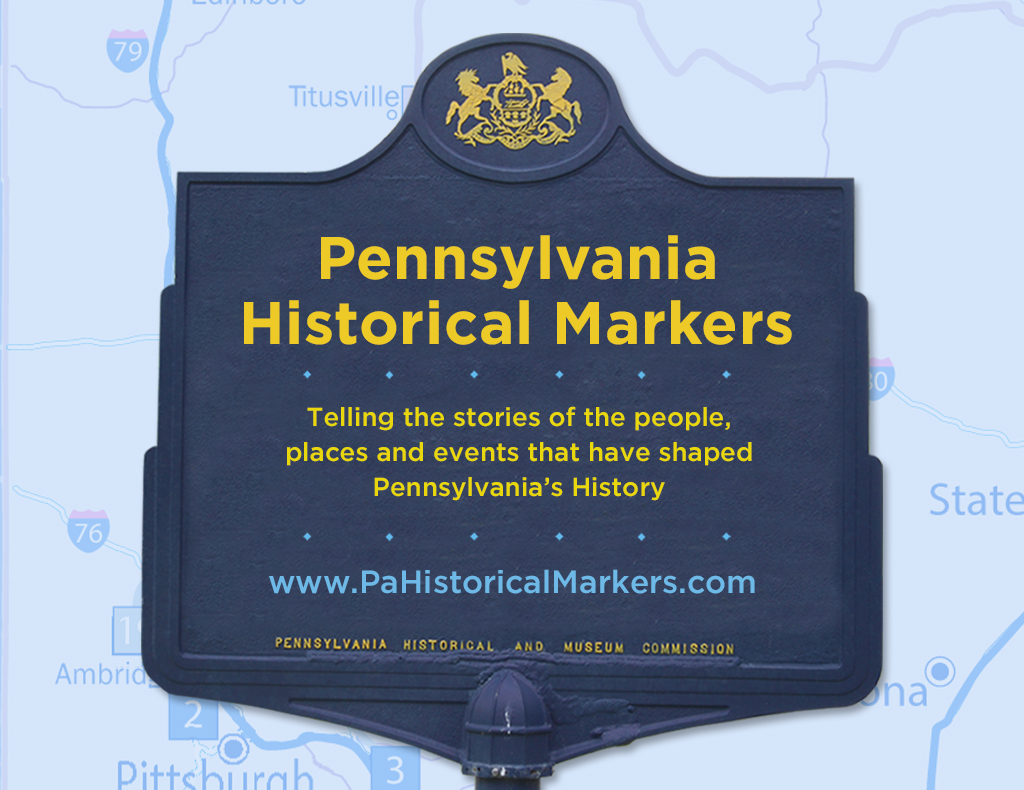
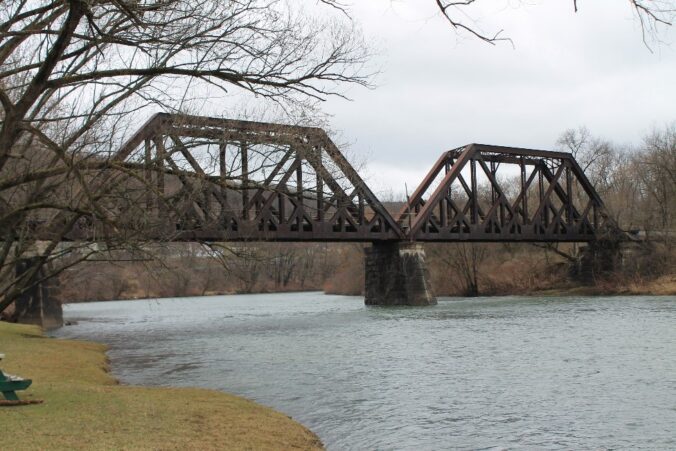


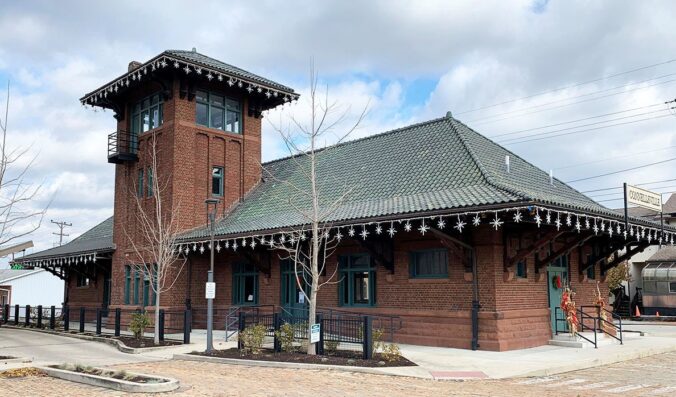
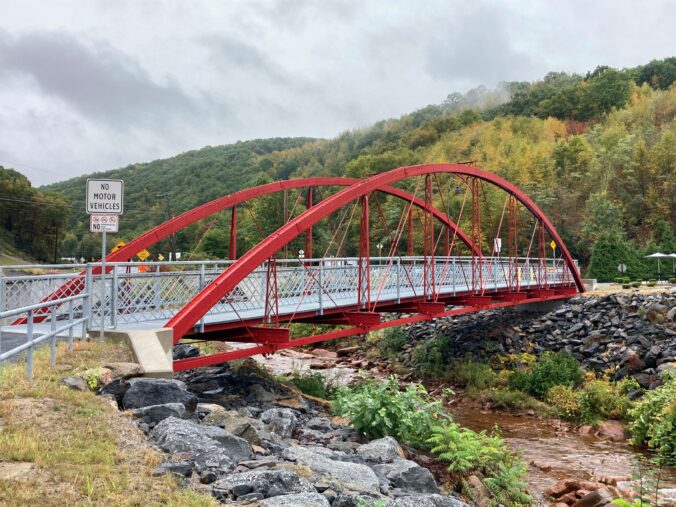
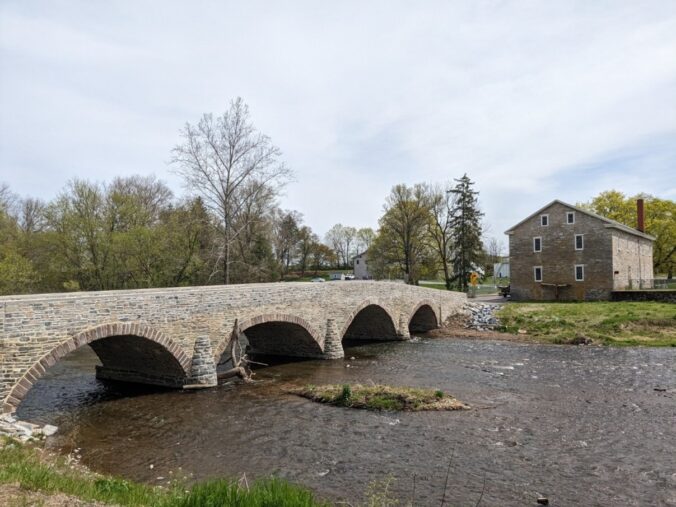
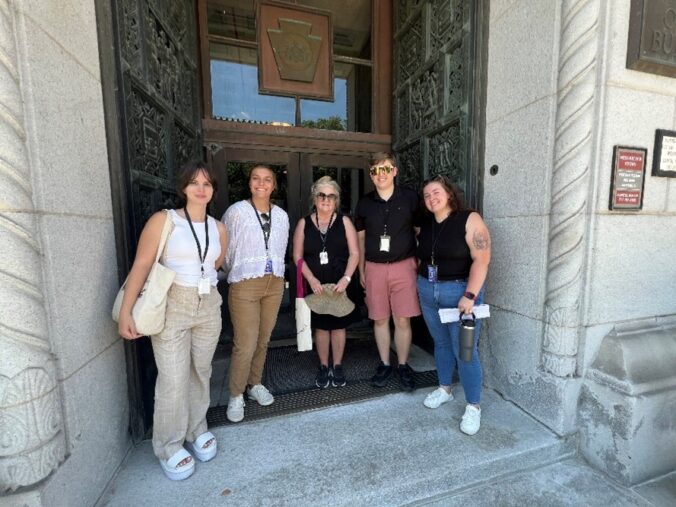

Recent Comments